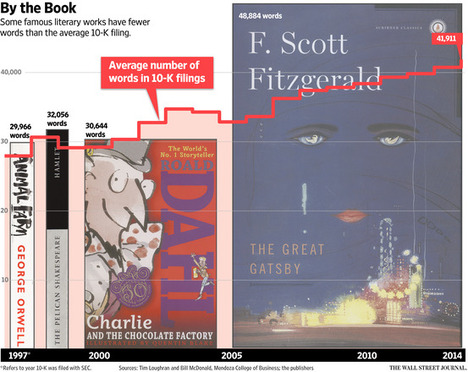(p. 4A) DENVER (AP) — Income inequality is all the rage in public debate nowadays. Political figures from Sen. Elizabeth Warren on the left to Republican presidential prospect Jeb Bush on the right are denouncing the widening gap between the wealthy and everyone else.
But ordinary Americans don’t seem as fascinated by the issue as their would-be leaders. The public’s expressed interest in income inequality has remained stagnant over the past 36 years, according to the General Social Survey, which measures trends in public opinion.
In 2014 polling, Republicans’ support for the government doing something to narrow the rich-poor gap reached an all-time low. Even Democrats were slightly less interested in government action on the issue than they were two years ago.
The survey is conducted by the independent research organization NORC at the University of Chicago. Because of its long-running and comprehensive questions, it is a highly regarded source on social trends.
In the latest survey, made public last week, less than half of Americans — 46 percent — said the government ought to reduce income differences between the rich and the poor. That level has held fairly steady since 1978. Thirty-seven percent said the government shouldn’t concern itself with income differences, and the rest didn’t feel strongly either way.
For the full story, see:
AP. “Income Inequality? Pols Want to Talk about It; Public Yawns.” Omaha World-Herald (Monday, March 23, 2015): 4A.
For more details on the National Opinion Research Center (NORC) General Social Survey (GSS) results through 2014, see:
Inequality: Trends in Americans’ Attitudes URL: http://www.apnorc.org/projects/Pages/HTML%20Reports/inequality-trends-in-americans-attitudes0317-6562.aspx#study

